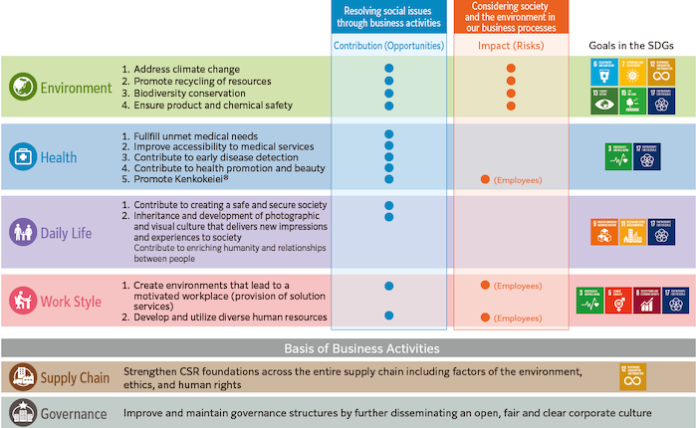As part of its Sustainable Value Plan 2030 (SVP 2030), Fujifilm India focuses on reducing environmental impact through solutions that align with global sustainability goals. In the printing domain, the commitment translates into reducing carbon emissions, enhancing resource efficiency, and promoting eco-friendly materials.
“Innovation and sustainability go hand in hand at Fujifilm,” says Priyatosh Kumar, associate director, Fujifilm India. “Our technologies are designed to minimize waste, optimize energy use, and reduce harmful chemical consumption — ensuring a healthier planet for future generations.”
Kumar highlighted the company’s processless printing plates, which he says eliminate the need for harmful chemicals during plate-making. This not only conserves water and energy but also reduces waste generation. Additionally, water-based ink technologies offer a safer and more sustainable alternative to traditional solvent-based inks, he explained, adding that these inks are non-toxic, making the printing process safer for both workers and the environment.
“The Jet Press FP 790 is an example of eco-conscious innovation. Designed for flexible packaging, this digital inkjet press achieves high-quality output while meeting sustainability standards. Advanced workflow solutions such as Fujifilm’s XMF Workflow further optimize operations, reducing redundancies and energy consumption,” he said.
According to Kumar, while sustainability remains a top priority, Fujifilm ensures its products meet the quality standards expected by its customers. “Eco-friendly solutions do not mean a compromise in quality,” Kumar says. “Our advanced technology ensures vibrant color reproduction, sharp details, and consistent results, even with the most sustainable materials.”
Future of printing and packaging
During the conversation, Kumar shed light on how artificial intelligence, cloud computing, automation, and smart monitoring systems are streamlining operations, meeting evolving customer demands, and paving the way for a more efficient and sustainable future.
“Predictive analytics powered by AI allows companies to foresee potential issues, minimize downtime, and reduce waste. Generative AI is making a significant impact, automating complex design tasks and generating personalized visuals that meet the growing need for customization,” Kumar said.
He credits cloud computing to be a game-changer that enables real-time collaboration and seamless data management across geographically dispersed teams. “These interconnected systems ensure that companies can scale operations efficiently, respond to market changes promptly, and deliver consistent results.”
Automation is another key driver of progress in the graphic arts industry. By automating repetitive tasks and integrating smart workflows, businesses are achieving enhanced productivity and operational efficiency. Kumar emphasizes that predictive AI applications will become even more integral in the coming years, particularly in quality monitoring and process optimization. “Automation not only reduces errors but also ensures standardization across large-scale operations,” he notes. “It empowers print service providers to offer high-quality, customized products while keeping operational costs in check.”
In packaging, consumer preferences are shifting towards personalization and sustainability. With product shelf lives becoming shorter and the demand for vernacularized packaging on the rise, brands are opting for just-in-time production and smaller print runs. Digital printing has emerged as the ideal solution to meet these demands.
Highlighting the Fujifilm Jet Press FP 790, he said the press offers flexibility for producing multiple SKUs with vibrant, high-quality graphics while maintaining cost efficiency. “We see digital printing becoming the preferred choice across sectors, driven by its agility, cost-effectiveness, and minimal environmental footprint.”
Kumar highlighted the growing emphasis on eco-friendly packaging. Consumers and regulators alike are advocating for sustainable materials and a reduced carbon footprint. In response, companies are increasingly adopting water-based inks and recyclable substrates. He said, “Through innovations such as water-based inks and energy-efficient workflows, we are empowering businesses to reduce their environmental impact without compromising on quality.”










